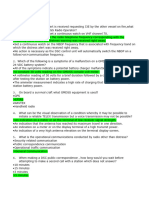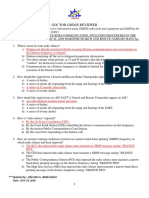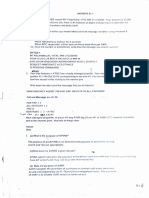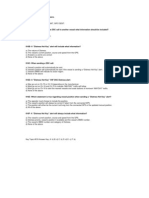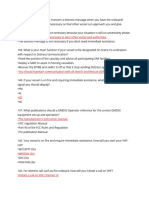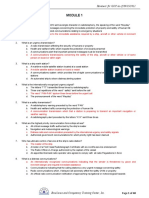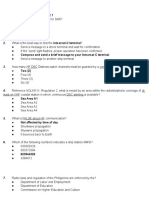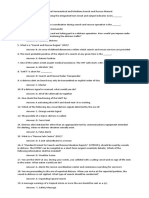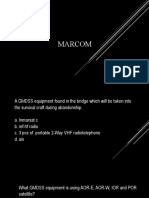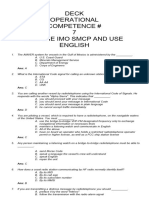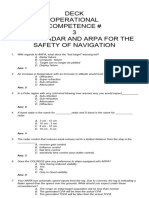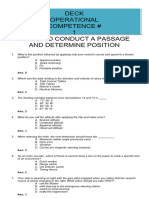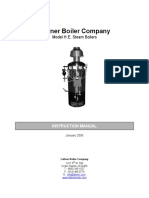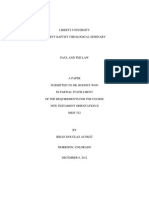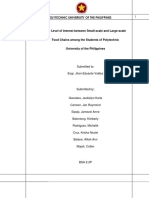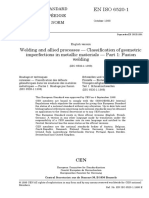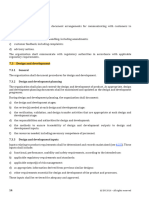0% found this document useful (0 votes)
130 views11 pagesDeck Opt C6
This document provides information about responding to distress signals at sea, including proper procedures for search and rescue operations, communication protocols, and use of emergency locating equipment. Key points covered include approaching a vessel in distress to windward, monitoring appropriate radio frequencies after receiving a distress alert, forming survivors into a circular group in the water, and imposing radio silence to avoid interference with emergency communications.
Uploaded by
hanspatrick.quinquitoCopyright
© © All Rights Reserved
We take content rights seriously. If you suspect this is your content, claim it here.
Available Formats
Download as PDF, TXT or read online on Scribd
0% found this document useful (0 votes)
130 views11 pagesDeck Opt C6
This document provides information about responding to distress signals at sea, including proper procedures for search and rescue operations, communication protocols, and use of emergency locating equipment. Key points covered include approaching a vessel in distress to windward, monitoring appropriate radio frequencies after receiving a distress alert, forming survivors into a circular group in the water, and imposing radio silence to avoid interference with emergency communications.
Uploaded by
hanspatrick.quinquitoCopyright
© © All Rights Reserved
We take content rights seriously. If you suspect this is your content, claim it here.
Available Formats
Download as PDF, TXT or read online on Scribd
/ 11
